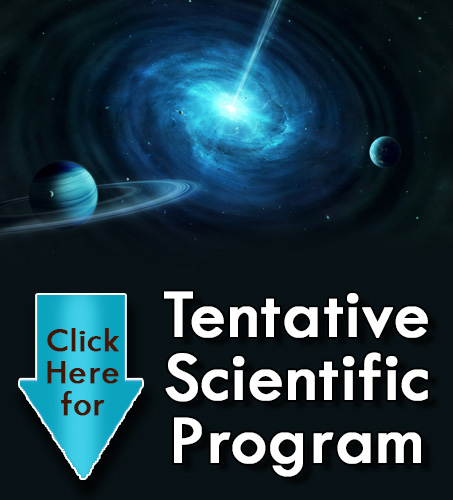Biography
Biography: Xiaolei Zhang
Abstract
Collective effects originate in physical systems going through non-equilibrium phase transitions, which produce selforganised global structures that often serve to accelerate the rates of entropy-increasing thermodynamical evolution of their parent systems. The examples of such emergence behavior and the resulting hierarchical organization of physical laws and phenomena, ranging from models of spontaneous breaking of gauge symmetry in high-energy physics, to the emergence of quasi-particle behavior in condensed matter physics. Emergent behaviors can also be exhibited by classical many-body systems governed by Newtonian laws of gravity. In the case of disk galaxies, we show that the spontaneous emergence of spiral modes is an example of non-equilibrium phase transition, accompanied by the condition of collisionless-shock at the density wave crest. This condition further allows the interaction of matter with the basic state of the galactic disk with the density wave modes, which leads to the stabilization of the modal amplitude growth and the secular radial mass redistribution on the basic state, giving rise to galaxy morphological evolution along the Hubble sequence. It is shown further that well-known classical approaches of applying the Boltzmann kinetic equation, as well as its moment-equation descendants the Euler and Navier-Stokes fluid equations for studying galactic dynamics problems, are inadequate for treating the maintenance of density wave modes as well as the long-term evolution of the morphology of disk galaxies. A global and synthetic approach, incorporating the correlated fluctuations of stars and gas cloud, is adopted to supplement the continuum approach.

